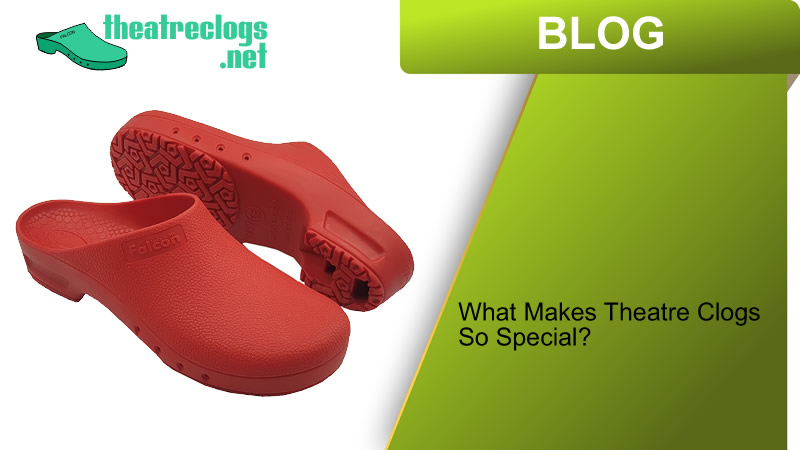
For decades, the image of a surgeon was synonymous with crisp, white scrubs. It symbolized purity, cleanliness, and the sterile environment of the operating room. So, if white was once the standard, why do we now see a sea of blues and greens in modern operating theatres? The answer lies in a fascinating blend of human physiology, historical evolution, and practical considerations.
The Glaring Problem of White: Operator Fatigue and the “Green/Blue Effect”
The shift away from white began in the early 20th century, largely due to a very practical problem: eye fatigue for surgeons and their teams.
- Staring at Red: During surgery, doctors are intensely focused on the patient’s internal anatomy, primarily composed of shades of red (blood, organs, tissue). Staring at red for extended periods can desensitize the eyes to the color, leading to a phenomenon known as “afterimages” or the “Purkinje effect.” When a surgeon then looks away from the red to something white, they might briefly see green or blue “ghosts” of the red image. This visual distortion can be disorienting and fatiguing, especially during delicate procedures.
- The Blinding White: Imagine looking at a bright white light bulb after staring at a dark object. That’s similar to what surgeons experienced. The stark white of traditional scrubs, especially under the bright, focused lights of the OR, created harsh glare. This glare caused significant eye strain, headaches, and could even temporarily impair a surgeon’s vision as their eyes struggled to adapt between the bright white and the deep reds of the surgical field.
The Solution: The Soothing Power of Green and Blue
Around the early 20th century, a smart move was made: switching to green or blue scrubs. And it wasn’t just a random choice; there’s a scientific reason why these colors work so well:
- Complementary Colors: Green and blue are directly opposite red on the color wheel. This makes them complementary colors to red. When a surgeon’s eyes are saturated with red, looking at green or blue helps to “reset” the visual system. It minimizes the afterimage effect and makes the reds of the patient’s body appear sharper and more vivid, improving a surgeon’s perception and reducing eye fatigue.
- Reduced Glare: Unlike dazzling white, green and blue shades are less reflective. They absorb more light, significantly reducing glare under bright OR lights. This creates a much more comfortable visual environment for the entire surgical team.
- Camouflage for Stains: While not the primary reason, green and blue also make bloodstains less stark and visually jarring than they would be on white. This contributes to a less distracting environment, allowing the team to maintain focus.
Beyond Color: The Evolution of Modern Scrubs
The shift from white to green and blue was a major step, but the evolution of OR attire didn’t stop there. Modern scrubs and theatre clogs are now designed with numerous other features to enhance safety, comfort, and hygiene:
- Antistatic Properties: Just like theatre clogs, scrubs are often made with anti-static fabrics to prevent the buildup of static electricity, which can interfere with sensitive electronic equipment.
- Fluid Resistance: Many scrubs now feature fluid-resistant properties to protect healthcare workers from splashes and spills.
- Comfort and Breathability: High-quality fabrics and ergonomic designs ensure maximum comfort during long shifts.
- Autoclavable Footwear: Speaking of footwear, this is where specialized clogs like those we focus on truly shine. Designed to be anti-static and autoclavable, they integrate seamlessly into the high-hygiene demands of the modern OR, complementing the colored scrubs worn by the team.
So, the next time you see a surgical team in their familiar green or blue, remember that it’s not just a fashion choice. It’s a scientifically backed decision that enhances safety, reduces fatigue, and contributes to the precise, life-saving work performed in operating theatres every day.






